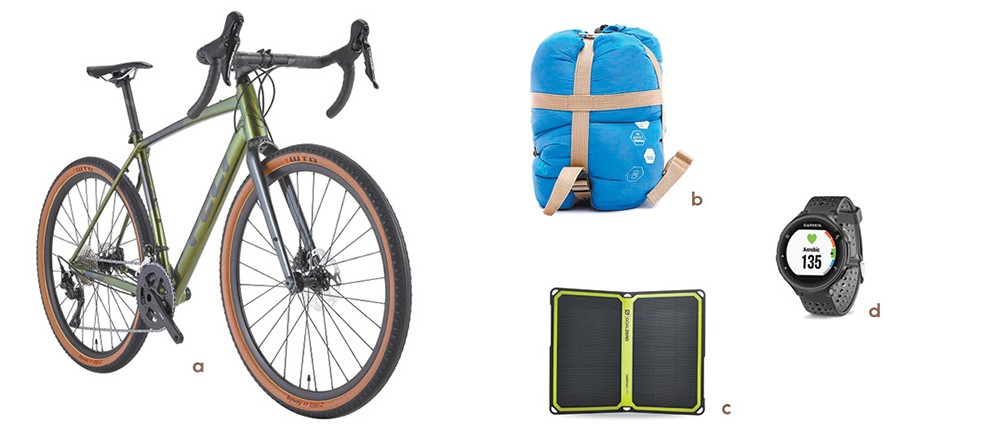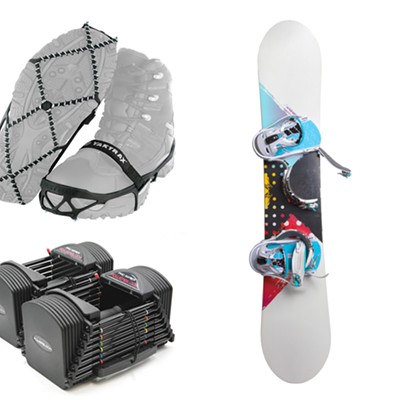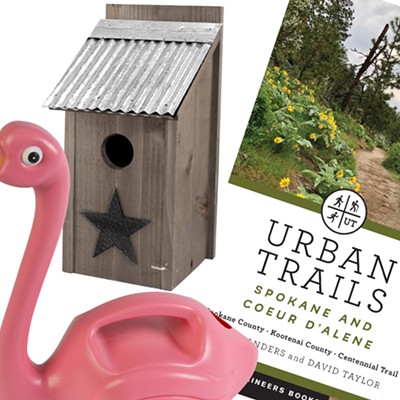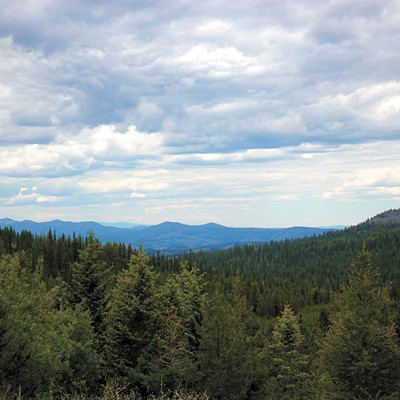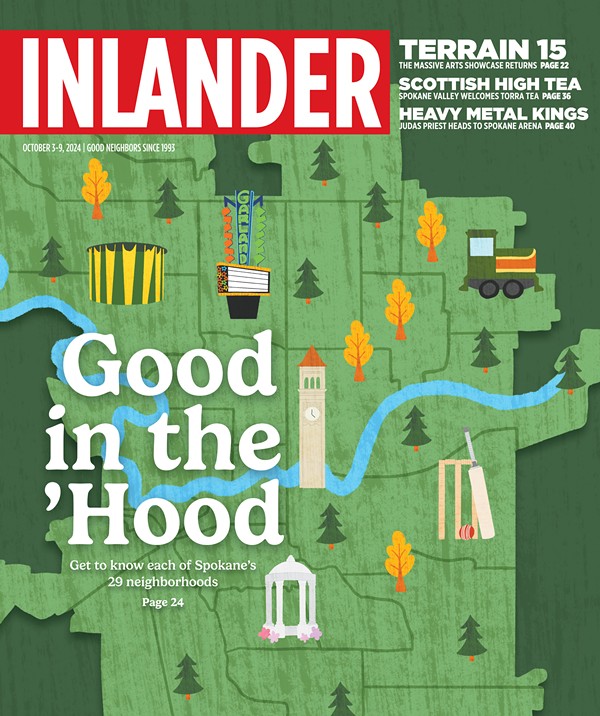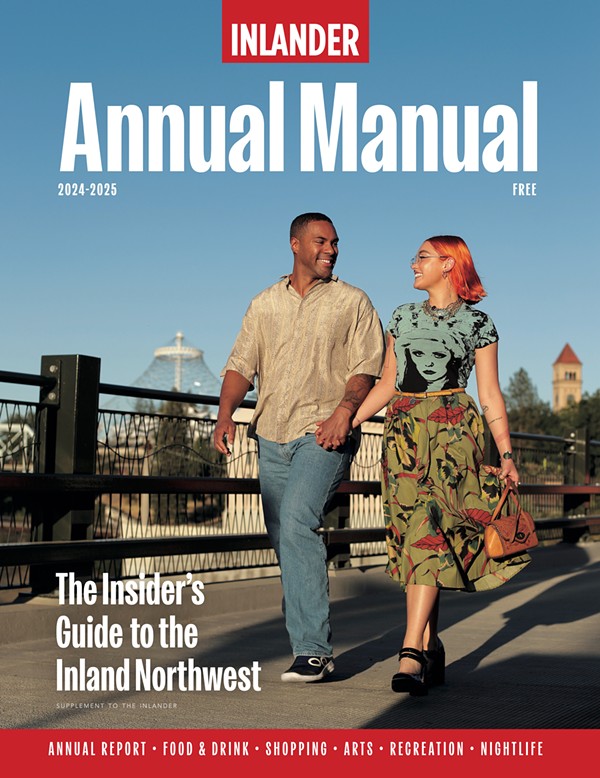Outdoor sports and recreation have changed a lot in recent years. Consumers are increasingly minimalistic, independent-living oriented, and environmentally conscious. Gear has improved rapidly, too. But it can be tricky keeping up with new trends. We checked-in with Katie Wiseman, REI's outdoor programs and outreach market coordinator in Spokane, to see what's what.
BIKEPACKING (a)
Bikepacking is a relatively new activity that consumers are increasingly psyched about. In contrast to traditional bike touring, bikepacking is a much more minimalist, off-road venture. Gravel bikes — which are a hybrid between road bikes and mountain bikes — are in high demand, along with gear and bags that are lightweight, compact, and keep a low profile on the frame of the bike.
"For bikepackers it's not so much a rack with panniers but rather bags that will be suspended throughout the frame and on the handle bars," Wiseman says. "They make tents for bikepackers where they utilize the bike as part of the piece that holds up the fly, so it's intended to be light-weight."
"It's really becoming popular," she adds "[People are] realizing that you can just go out there ride a bit and then camp with your bike and get further and deeper into wilderness areas that way."
ULTRALIGHT (b)
This trend isn't exactly specific to 2019, but ultralight hiking and backpacking gear across the board is still a hot commodity going into this year. New technology is allowing gear to be smaller, lighter and more compact than ever. And people want that, despite the increase in prices.
"Back in the day, you could not find a tent for 1 pound. But now you can get your sleeping bag at 1 pound even," Wiseman says. "Your great grandfather maybe went backpacking with 30 or 40 pounds in their backpack. Now you can do it with 20."
The tech is pretty mind boggling. Sleeping bags that weigh 1 pound, tents that weigh 3 or less, and stoves and cooking systems that weigh practically nothing. So if you're looking for an ultralight piece of gear, more likely than not, it exists — it may just cost a little more.
"People are packing into 10 pounds with all their gear for a thru hike for months," she adds. "We're just becoming more and more weight-aware and technology has been able to rise to that, items that are still durable that weigh hardly anything."
SOLAR POWER (c)
Gone are the days when solar power was seemingly only accessible to the money-soaked with time to kill while setting up their elaborate sun-fueled rig on their home. While you can still invest in a homewide solar-powered system, today hikers, campers and van dwellers can get in on the action at a semi-reasonable price.
"People are becoming more and more dependent on electronics, so when folks are travelling or going, even preparing for just a short trip, the ability to power up a phone or some other devices is very important," Wiseman says. "Solar power is allowing for many more devices to be used outside."
"It's also a conversation about sustainability and renewable resources," she adds.
There are smaller solar panels and corresponding batteries that fit on a backpack, as well as larger, efficient panels that can power lights and other appliances within vans and vehicles outfitted for mobile living.
"We have generators, large solar panels that are meant for bigger things like a refrigerator in your van," Wiseman adds.
SPORT WATCHES (d)
These sound somewhat excessive, I know. But keeping time is important, and the plethora of other functions that contemporary sport watches can provide while on the trail can be invaluable — so long as you're not a hiking purist. Some of the newer watches feature functions like GPS, music playing and storage, heart-rate trackers and charging capabilities for other electronics. And the price point for such watches varies considerably.
"They have way more capabilities than anybody could imagine," Wiseman says. "Some people basically have a small computer on their wrist." ♦

